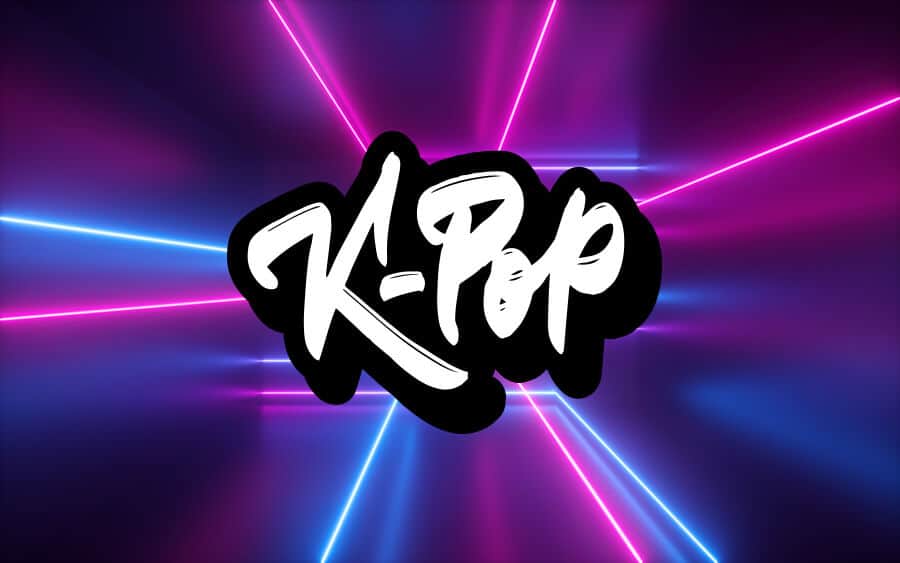The evolution of K-pop has been a growing entity for years in the making. Many music listeners wonder how the worldwide phenomenon started? Where did it derive from? Through prominent Korean roots, one of the country’s biggest markets is a force stronger than ever!
During the Japanese rule in the early 1900s, the earliest form of pop called ‘Trot’ is an altered version of Japanese ‘Enka’ style. ‘Trot’ is known for its repetitive rhythm and vocal intonation. Based on the pentatonic scale, ‘Enka’ is a Japanese music style that has been compared or resembled to blues music. The Korean people infused the two foundational music genres, thus creating the essence of K-pop.
The influence did not stop there. The western hemisphere adopted many of the styles and musical interpretation of American pop music. Singers such as Marilyn Monroe influenced K-pop sound and image.
Many girl groups still embody the vintage lively image as they incorporate much of the Korean culture to the newer modern sound. K-pop began to sprout its proud roots in 1992, as the first K-pop group Seo Taiji and the Boys came onto the musical scene.
Through a heavy mixture of western pop, hip-hop and Korean lyrics, K-pop has developed a heavy musical flow of revolutionary sound. But through this establishment, the band, along with groups such as H.O.T and Sechs Kies, newcomers created many guidelines, rules and restrictions still being implemented today.
The K-POP Engine!
Many of the K-pop groups have more than one singer or vocalists. Therefore, a natural competitiveness is established within the K-pop musical region. According to Sutori.com, the bands approach vocals in a hierarchical way: main vocalist, lead vocalist and sub vocalists.
The main vocalist gets the most challenging vocal parts along with the majority of the lines in the song structure. The lead vocalist often sings the chorus and usually sings the lines leading up to the main vocalist’s vocals.
The sub vocalist supports the other two entities and thus does not get many solo singing lines. With the adaptation of hip hop and rap, rapping sections are usually given to more than one member of the group.
There is also a rapper hierarchy within the band as well. Depending on the size, the members have more than one role. The leaders of the bands are usually the oldest and help encourage, represent and mediate their public images through leading interviews, public engagements etc.
The youngest member of the group is called the ‘Maknae’ and has no job in terms of facilitating the band structure.
Through the additional guidelines of K-pop, bands will have the crucial aspect of the band called The Visual. The visual’s role is appointed to one person in the band that takes care of their look and the image of the group.
They also endorse products, promote various events, products or services and are usually used for commercials and ads. These roles are considered to be the most attractive and most popular of the group
Many groups conduct sub units that are created by a few members of the original band. These sub units are made to try new concepts, experimenting with different genres of music and or releases music in various languages.
Dance Your Way to the Top!
The 21st Century K-pop acts expanded on the essence of the 1990s. With bubbly high fashion clothes paired with catchy pop lyrics, the genre began noticing not only a rapid inner growth, but a global impact as well.
Creative choreography (which is largely its impressive focal point) began a huge genre eye catcher through its monumental music videos. Music videos became the main selling point for all things K-pop. K-pop groups are known for their intense choreography.
Many of the bands have a main dancer who is the most skilled at dancing and focuses less on singing. This could be the job of the sub vocalists for example. The lead dancer will be used as the forefront for large dance group numbers.
Although a slim layer of the essence of K-pop, there is much more to the impactful industry and epic dance music and catchy trendy phrases. K-pop is rapidly becoming the beacon of everything mainstream music.
With great efforts towards supporting the Korean economy, the various bands of K-pop offspring are an important entity for Koreas global perception. Many continue the conversation surrounding the strict rules and regulations the K-pop bands facilitate and follow.
Many of the band members are completely controlled by the record companies and managers they are signed to. Through rigorous bind contracts that last for many years, many reflect on the ethics negative mental effects that could be created through such strong musical implications.
Photos: Shutterstock / Photomontage: Martina Advaney
Enjoy some more Korean culture with this article:
Support us!
All your donations will be used to pay the magazine’s journalists and to support the ongoing costs of maintaining the site.
Share this post
Interested in co-operating with us?
We are open to co-operation from writers and businesses alike. You can reach us on our email at [email protected]/[email protected] and we will get back to you as quick as we can.










